45 molecules chemical bonds and chemical reactions worksheet answers
nap.nationalacademies.org › read › 4962Science Content Standards - The National Academies Press dents and can distract from the understanding that can be gained from focusing on the observation and description of macroscopic features of substances and of physical and chemical reactions. At this level, elements and compounds can be defined operationally from their chemical characteristics, but few students can comprehend the idea of atomic ... byjus.com › chemistry › difference-between-physicalDifference Between Physical and Chemical Change - BYJUS Chemical Change: When a substance undergoes a physical change, its composition remains the same despite its molecules being rearranged. When a substance undergoes a chemical change, its molecular composition is changed entirely. Thus, chemical changes involve the formation of new substances. Physical change is a temporary change.
sciencespot.net › Pages › classchemThe Science Spot My students have difficulty identify the different types of chemical reactions. I use this worksheet after we have already discussed balancing equations to explore the differences between synthesis, decomposition, single replacement, and double replacement reactions.
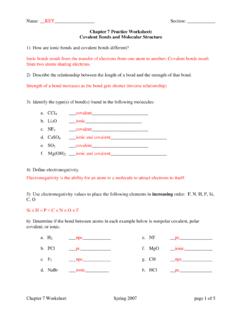
Molecules chemical bonds and chemical reactions worksheet answers
› periodic-table › elementOxygen - Element information, properties and uses | Periodic ... The credit for discovering oxygen is now shared by three chemists: an Englishman, a Swede, and a Frenchman. Joseph Priestley was the first to publish an account of oxygen, having made it in 1774 by focussing sunlight on to mercuric oxide (HgO), and collecting the gas which came off. edu.rsc.org › resources › atoms-elements-moleculesAtoms, elements, molecules, compounds and mixtures C2.2d describe and compare the nature and arrangement of chemical bonds in: i. ionic compounds; C2.2d describe and compare the nature and arrangement of chemical bonds in: ii. simple molecules; C2.2d describe and compare the nature and arrangement of chemical bonds in: iii. giant covalent structures edu.rsc.org › resources › hydrocarbons-organicHydrocarbons – organic chemistry worksheets | 14–16 Oct 22, 2020 · 5.4 Exothermic and Endothermic Reactions. Depth of treatment. Chemical reactions can result in a change in temperature. Exothermic and endothermic reactions (and changes of state). Combustion of alkanes and other hydrocarbons. Mathematical Requirements. Arithmetic. Recognise and use significant figures as appropriate. 7. Organic chemistry. 7.1 ...
Molecules chemical bonds and chemical reactions worksheet answers. wou.edu › chapter-6-quantities-chemical-reactionsChapter 6 – Quantities in Chemical Reactions – Chemistry 6.5 Mole-Mole Relationships in Chemical Reactions. In this section you will learn how to use a balanced chemical reaction to determine molar relationships between the substances. In Chapter 5, you learned to balance chemical equations by comparing the numbers of each type of atom in the reactants and products. edu.rsc.org › resources › hydrocarbons-organicHydrocarbons – organic chemistry worksheets | 14–16 Oct 22, 2020 · 5.4 Exothermic and Endothermic Reactions. Depth of treatment. Chemical reactions can result in a change in temperature. Exothermic and endothermic reactions (and changes of state). Combustion of alkanes and other hydrocarbons. Mathematical Requirements. Arithmetic. Recognise and use significant figures as appropriate. 7. Organic chemistry. 7.1 ... edu.rsc.org › resources › atoms-elements-moleculesAtoms, elements, molecules, compounds and mixtures C2.2d describe and compare the nature and arrangement of chemical bonds in: i. ionic compounds; C2.2d describe and compare the nature and arrangement of chemical bonds in: ii. simple molecules; C2.2d describe and compare the nature and arrangement of chemical bonds in: iii. giant covalent structures › periodic-table › elementOxygen - Element information, properties and uses | Periodic ... The credit for discovering oxygen is now shared by three chemists: an Englishman, a Swede, and a Frenchman. Joseph Priestley was the first to publish an account of oxygen, having made it in 1774 by focussing sunlight on to mercuric oxide (HgO), and collecting the gas which came off.
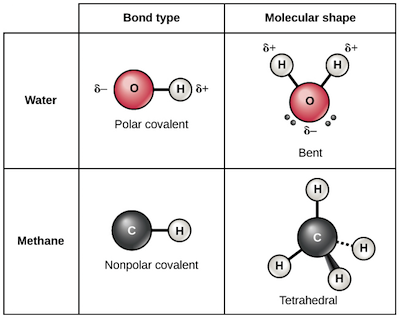



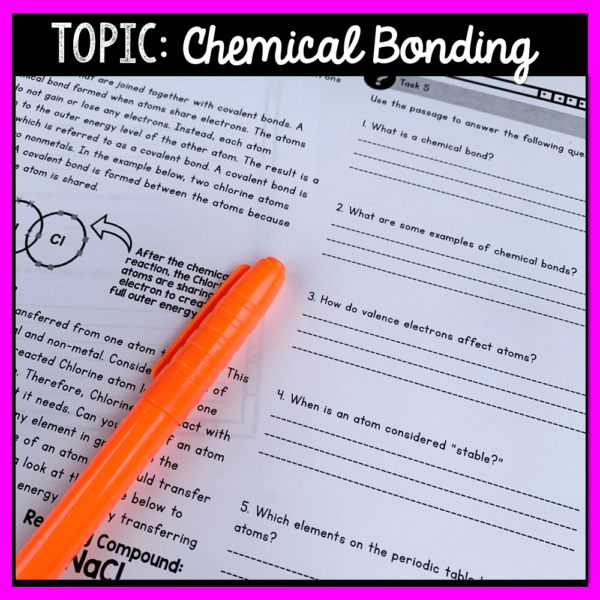




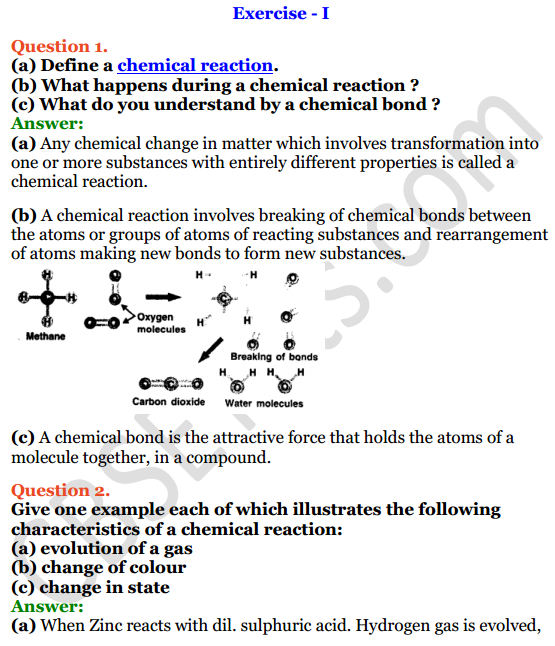






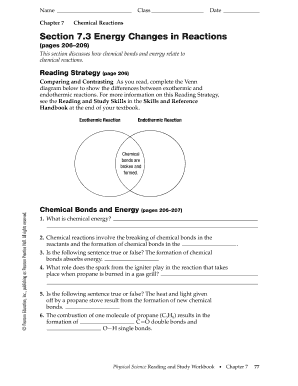






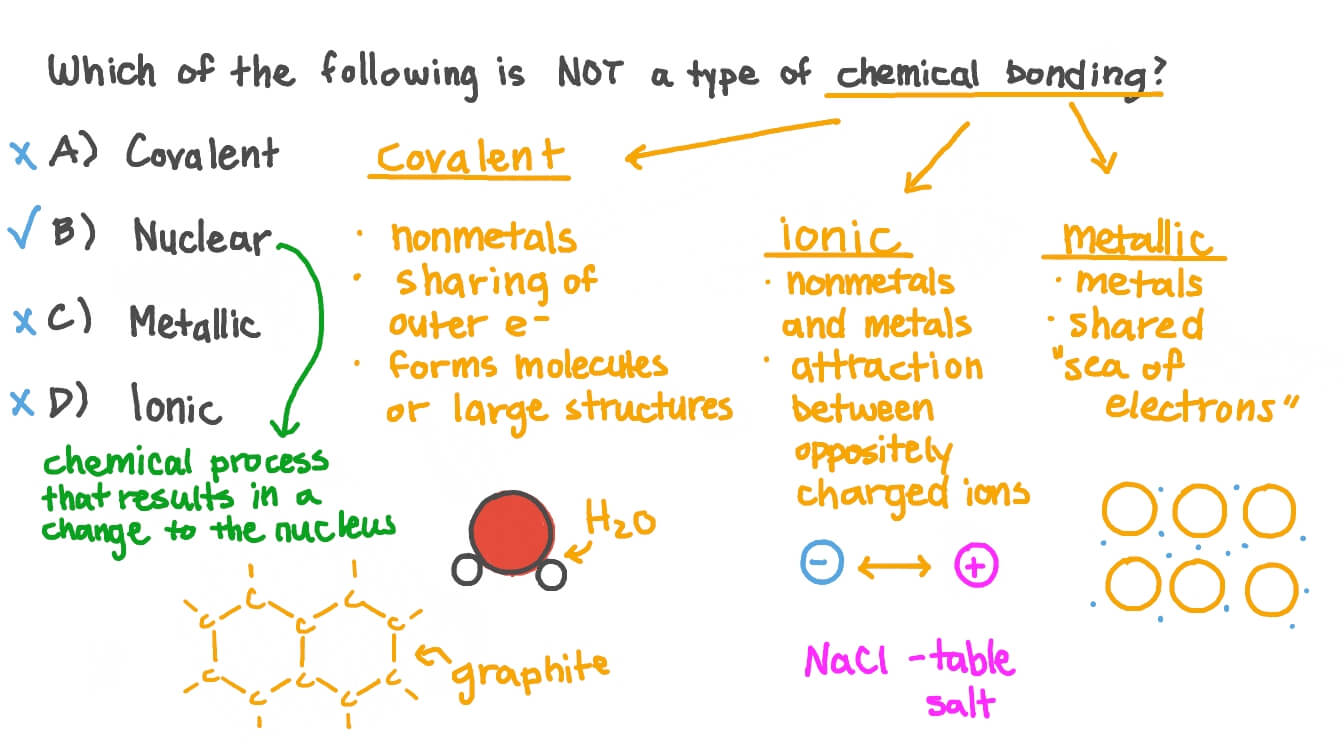



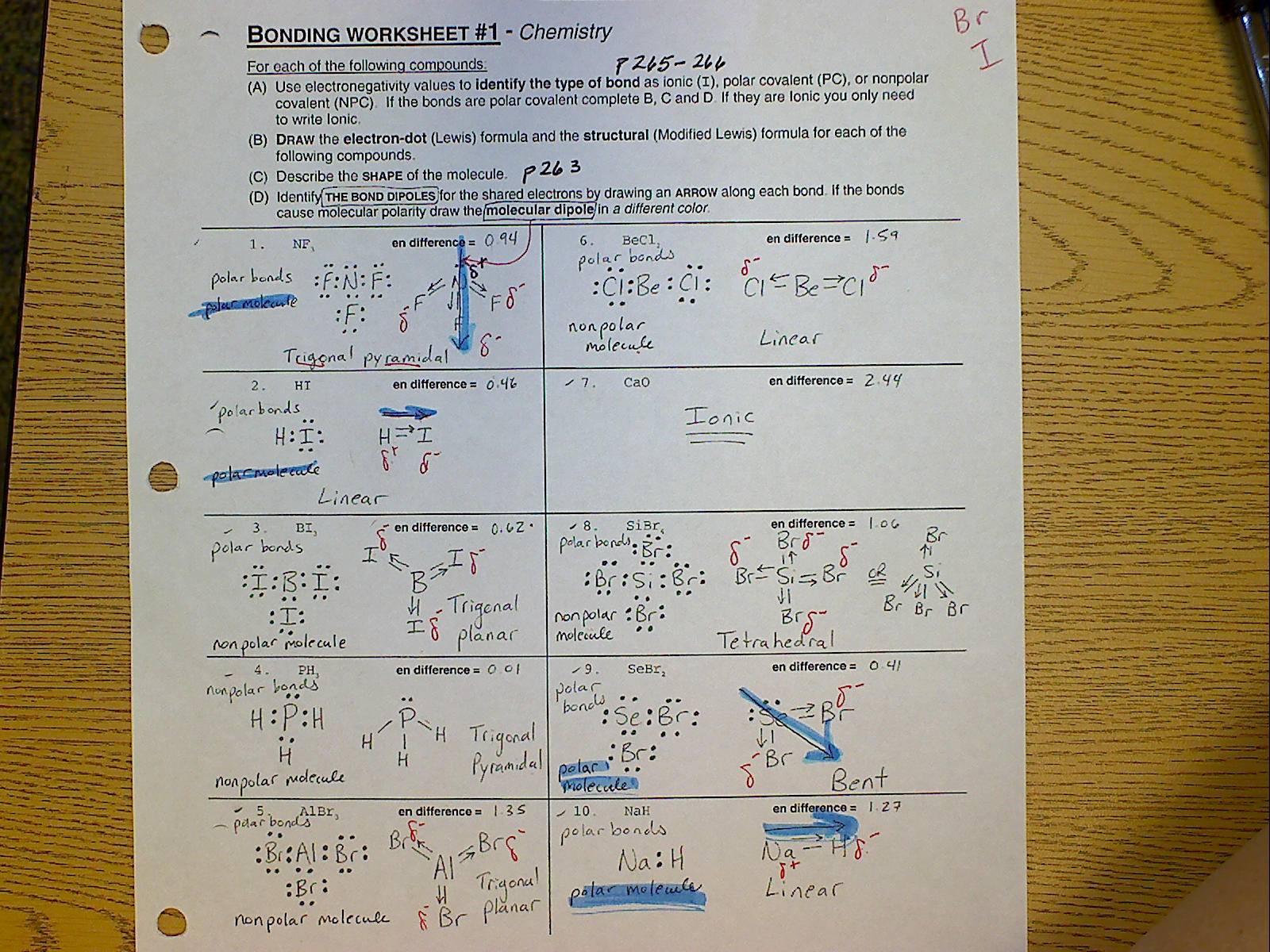


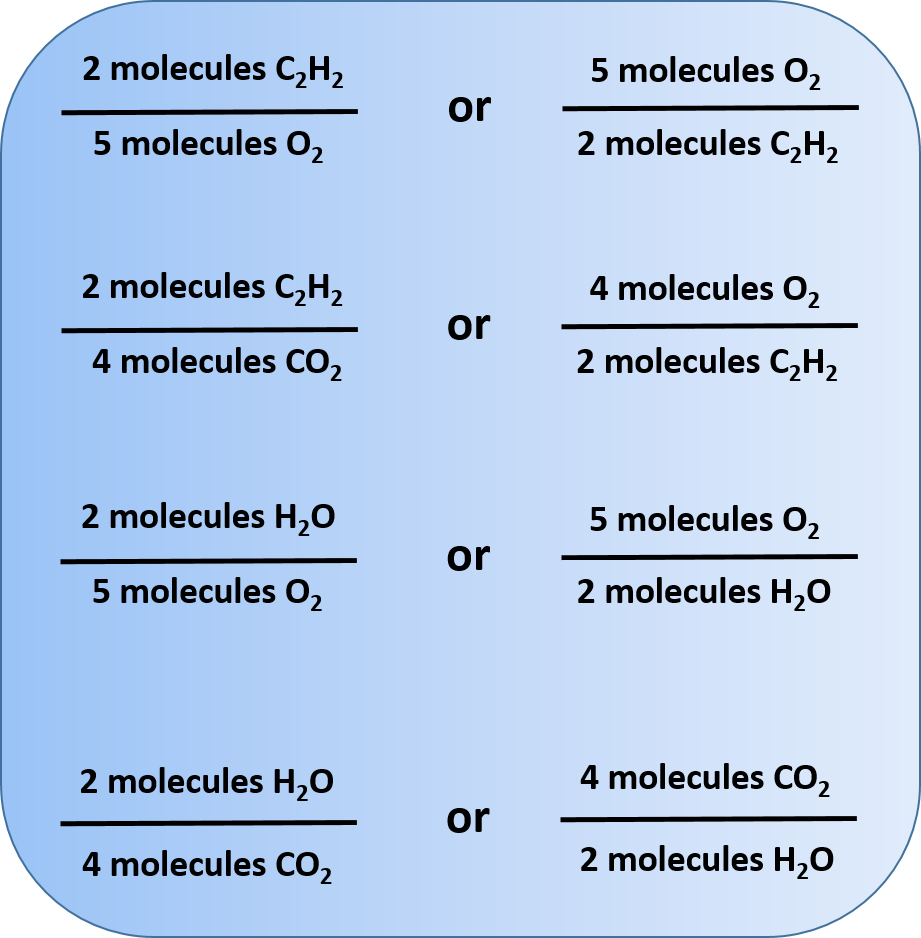






0 Response to "45 molecules chemical bonds and chemical reactions worksheet answers"
Post a Comment